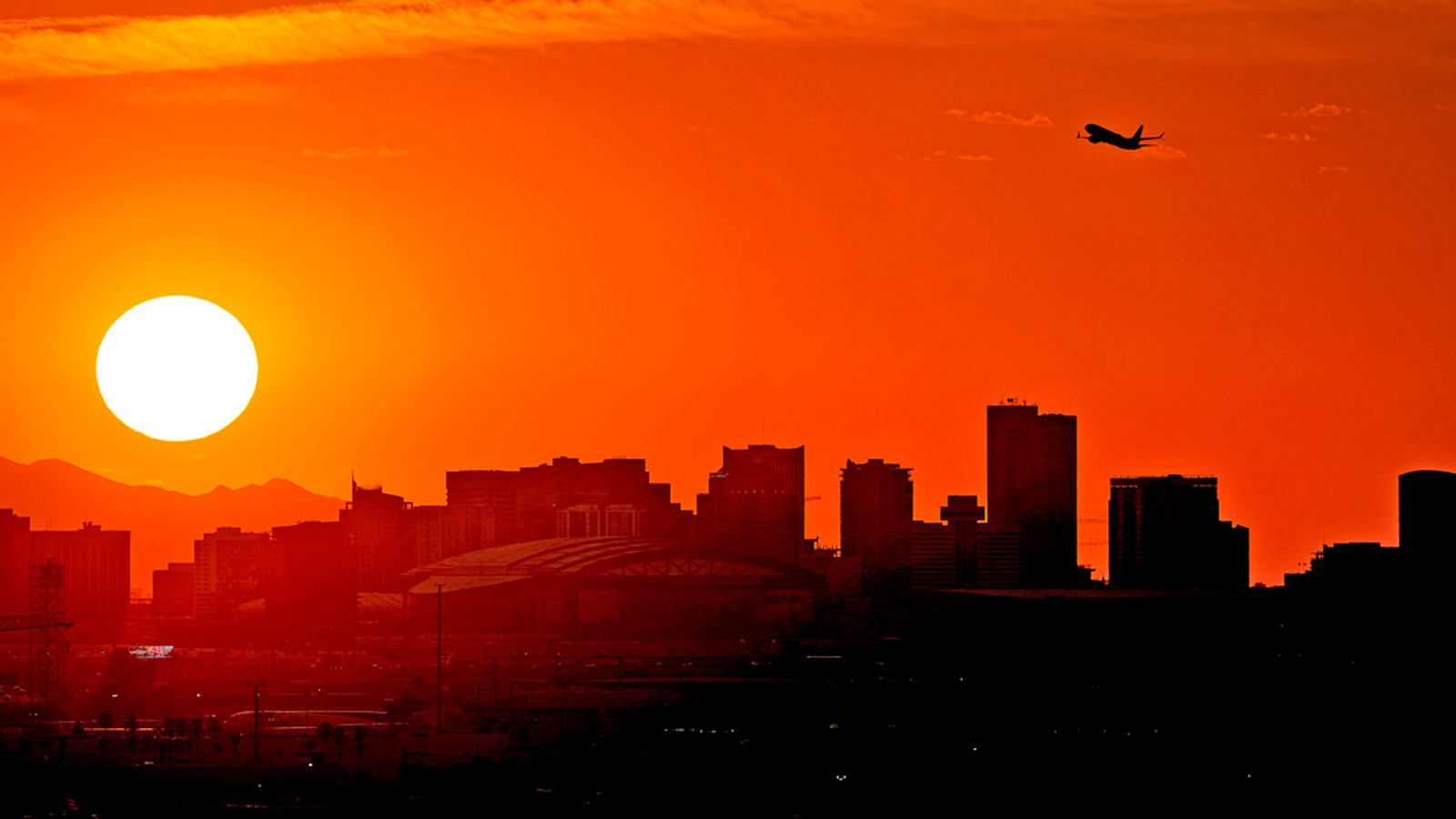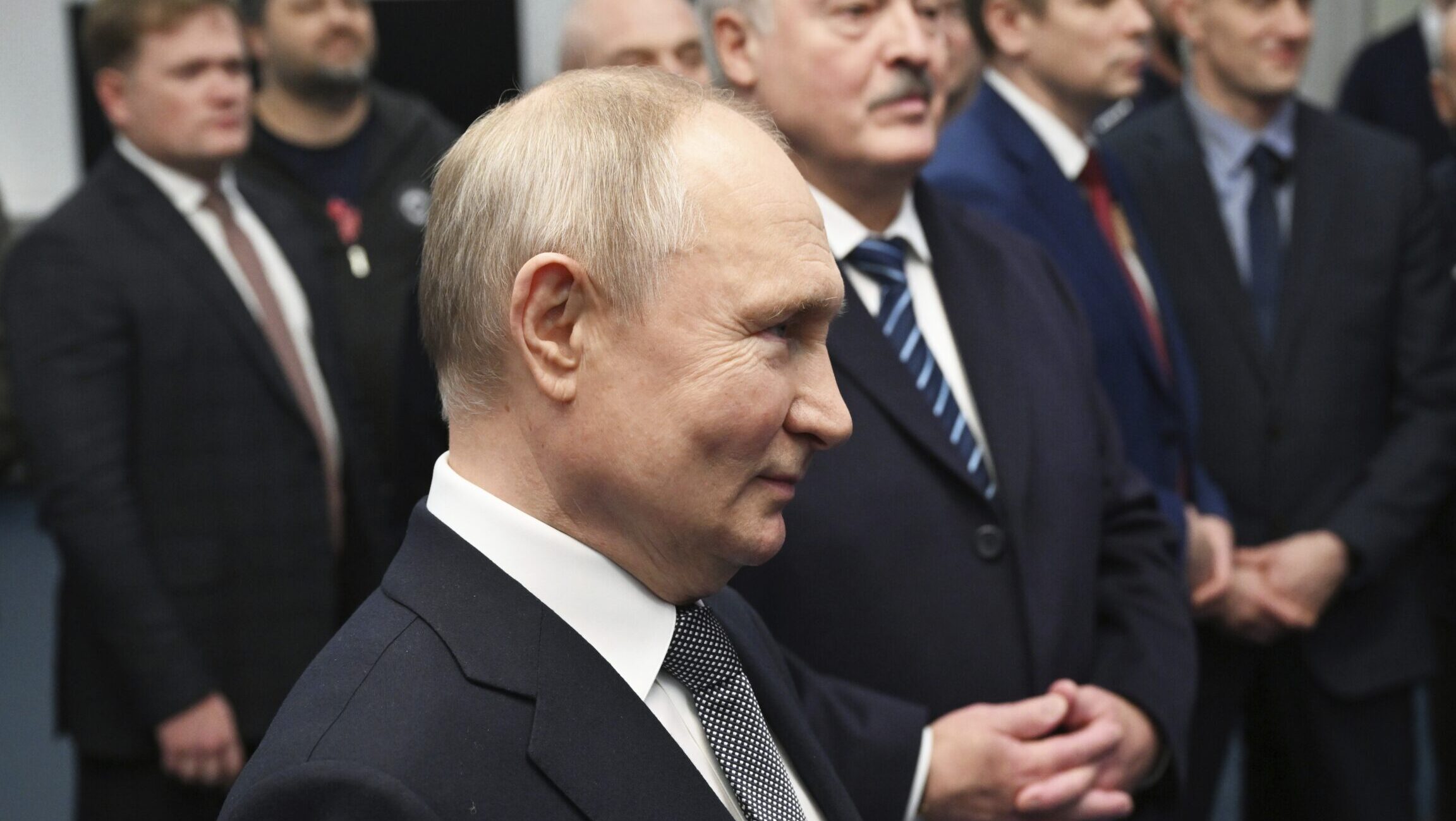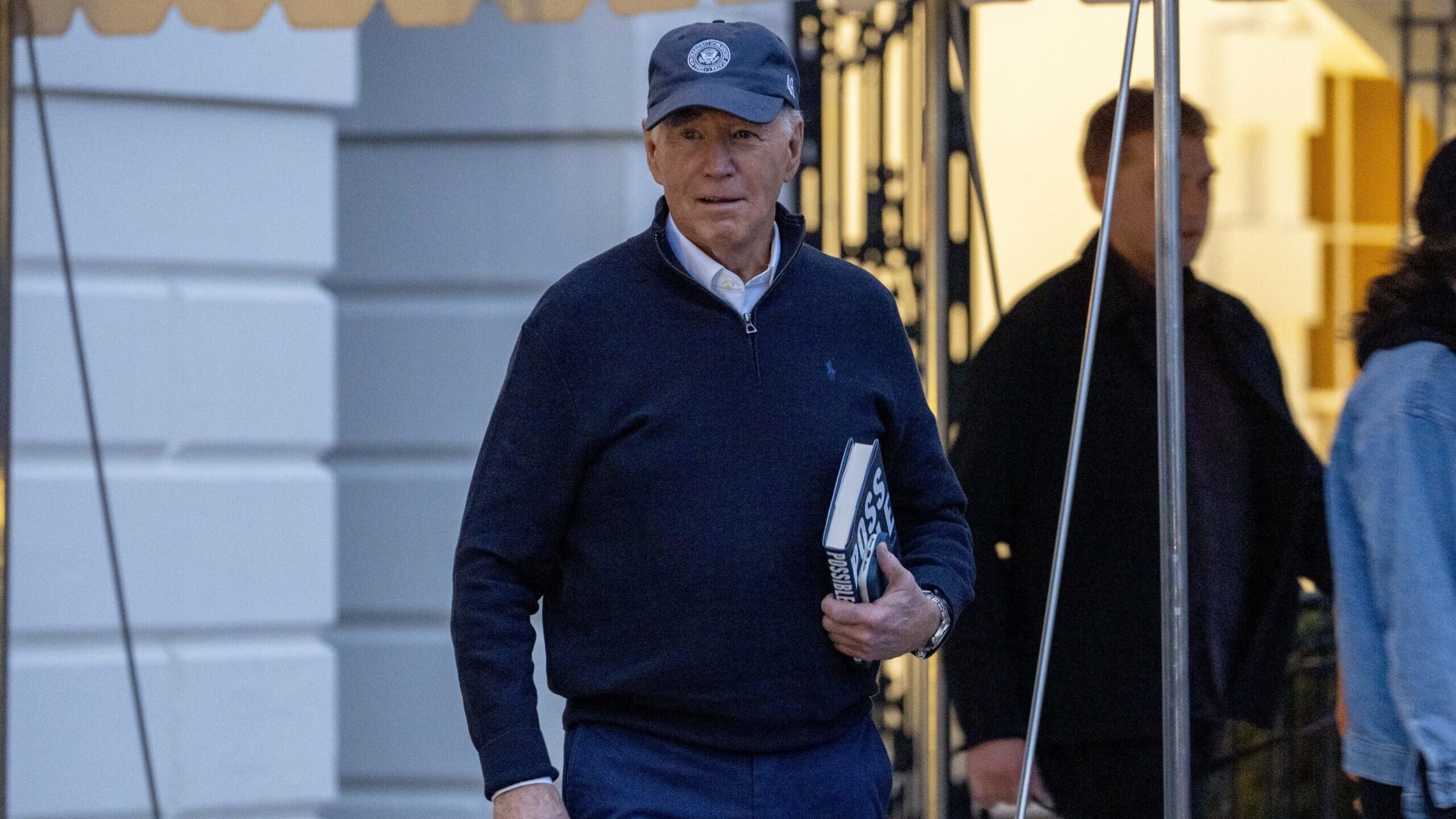As Myanmar thaws, decades-old civil war festers on
Mar 4, 2012, 5:00 AM
Associated Press
TSINYU MOUNTAIN, Myanmar (AP) – The seasoned guerrilla officer surveys the battlefield from his do-or-die mountaintop defenses: to the front, visible through the haze, a town torched and brutalized by Myanmar government troops. To his rear, the stronghold of the country’s most potent insurgency, one of several ethnic rebellions that erupted more than 60 years ago.
As a hopeful world cheers surprising democratic moves by the military-backed government and weighs the lifting of economic sanctions, the rebels of Kachin state still are fighting for the freedoms that were promised them in 1947, as the country then called Burma was breaking free of the British Empire.
Elsewhere in the country, the government has negotiated fragile cease-fires with rebel groups, leaving Kachin State as home to the last full-blown rebellion. Here, hostilities erupted anew last year and have driven at least 60,000 from their homes in an escalating refugee crisis. Killings, torture and rapes by government troops also persist, as do sporadic clashes, according to human rights groups.
Peace with the ethnic minorities who make up 40 percent of the population is widely seen as crucial if Myanmar is to emerge from iron-fisted rule, underdevelopment, sanctions and diplomatic isolation. Continued violence against minorities also would make it difficult for the U.S. and other Western nations to lift their sanctions against Myanmar.
The ethnic jumble is further complicated by geography _ the Kachin sit on rich natural resources and are wedged between China and India. They also say they are struggling to preserve a unique culture and Christian religion against a central government bent on eradicating their identity and quest for autonomy.
The Shan, Karen, Chin and other minorities, inhabitants of resource-rich border regions, share similar views.
As the latest bout of fighting enters its 10th month, the Kachin and northern Shan states are a patchwork of government, insurgent and contested areas.
“They have already thrown their maximum force against us and haven’t succeeded,” said Maj. Pawm Mung Ra, a battalion commander in the Kachin Independence Army, at the panoramic outpost.
But he also is worried . His ridgeline defenses must hold if government troops make a push against Laiza, the rebellion’s nerve center and an obvious target.
With some 20,000 armed men and women, the Kachin army is outnumbered 2-1 on the battlefield but has a reputation for toughness. In mountains and jungles, they fought the Japanese alongside American and British troops in World War II. For their mix of cheerfulness and ruthlessness, their allies called them “the amiable assassins,” a title that still seems valid.
“They see our ragged uniforms and shabby huts and look down on us,” said Nsai Mung Gawn, a young lieutenant. “They think it will be easy. We let them move up the hill and then detonate our land mines and let them have it. That shuts them up.”
Their endgame is a comprehensive solution to Myanmar’s ethnic impasse, and though it may be far off, the Kachin say it has to be a critical component of the new, liberalizing Myanmar.
“There is no way even for the pro-democracy opposition groups to be successful without solving the ethnic issues,” said La Nan, spokesman of the Kachin Independence Organization, the insurgents’ political arm. “For Burma, ethnic issues and democratic issues can never be separated. There will only be peace when these two issues are resolved.”
Only a few days ago, Kachin got a vivid taste of the astonishing changes that have come over Myanmar when Aung San Suu Kyi, the pro-democracy leader just freed from house arrest, visited the regional capital and offered words of reconciliation.
“It is impossible to achieve development without peace in our country,” she said. “The suffering of Kachin people is the suffering of Myanmar people and we all have to find a cure for these problems.”
For the Nobel Peace Prize laureate and democracy icon, it is personal. The promise of autonomy and right to secede was made by her father, independence hero Gen. Aung San, in 1947 under the Panglong agreement only to become moot when he was assassinated the following year.
The Kachin took up arms in 1961, following the Karen and other groups. A year later the military seized power. A 17-year cease-fire collapsed last June.
The Kachin, according to La Nan, want a withdrawal of government forces from Kachin areas and a cease-fire monitored by foreign observers, followed by a new constitution that would in effect turn back the clock to 1947 and a federal union.
The Kachin realize, though, that replacing a highly centralized state with a federal system will prove a formidable challenge. One hope is China, Myanmar’s biggest backer, which plans to build roads and a gas pipeline through Kachin territory to the Indian Ocean and badly wants the fighting to end.
For now, the Kachin are accelerating the training of recruits, trying to cope with the swelling number of refugees and fueling their “self-reliant revolution” by taxing opium and the abundant resources scooped up by China and others, notably gold, timber and the world’s finest jade.
They run their virtual state-within-a-state out of Laiza, a town of 5,000 on the Chinese border with impressive government buildings, one of them a scaled-down version of the Pentagon. There is even a six-hole golf course with boys from a nearby refugee camp serving as caddies.
On Sundays, the sounds of bells and hymns brought by 19th century American Baptist missionaries float across the deep valley from four Christian churches. Portraits of Jesus Christ adorn most homes while the Kachin TV station intersperses combat footage with an animated cartoon depicting Moses parting the Red Sea to lead his people out of bondage. Clearly the Kachin view themselves as Christian warriors fighting evil forces.
On Laiza’s outskirts, 264 fresh recruits are beginning two months of basic training, practicing with wooden rifles before firing just four real bullets to save ammunition.
A total of 5,000 have passed through training camps since fighting re-erupted last year. There’s no shortage of volunteers, even if the monthly pay is $14, regardless of rank, says Maj. Kyaw Htwe, commander of the army’s training battalion.
“The Burmese help me get recruits when they kill our people,” he says with a sardonic laugh. “The men and women that come to us are fighting for their own villages.”
At five Laiza area refugee camps, the homeless cite anything from theft of livestock by foraging soldiers to savage killings of suspected sympathizers with insurgents. Just the sound of distant gunfire can send entire villages fleeing.
At Jeyang camp, more than 5,500 refugees from 37 villages get two tins of rice per person and some salt, and face malnutrition and disease. Maran Seng Ja Du, head of the camp, worries about coming monsoon rains. The shelter material is wearing thin, and since a small U.N. aid shipment arrived in December, the government has blocked others and China bars delivery through its territory.
Myanmar President Thein Sein, architect of the reforms, ordered his troops to stop fighting in Kachin State in December while forging preliminary peace deals with the Karen, Shan and Chin. He appears eager to end the decades-long conflicts, although it is uncertain whether his government would accept the demands of the ethnic groups.
“Since 1948, successive governments tried to solve the ethnic problems. But today, we have the best chance to solve this (through) political dialogue,” said a government spokesman, Lt. Col. Ye Htut.
However, Thein Sein’s cease-fire order in Kachin State has so far had no effect, and the Kachin Independence Organization suspects it’s a “good-cop, bad-cop” routine to curry favor with international opinion.
“From the outside it seems like the government can’t control the army but there is total agreement between them,” La Nan said. “From afar, we haven’t seen any genuine changes yet.”
Among the mountaintop bunkers and trenches defending Laiza, there is also a mix of disquiet and optimism, with a dash of contempt for their opponents.
“If this mountain range falls then Laiza would fall for sure,” Maj. Pawm Mung Ra.
“They’re trying to advance step by step but they are afraid of really fighting and we can cut their supply and communication lines,” he says. “They don’t know why they are fighting. They just get the order to go shoot and kill.”
Most envision a long, hard struggle.
“Our own generation cannot enjoy peace,” says 1st Lt. Somlut Law Lai, an outpost commander. “We hope that the next one will.”
(Copyright 2012 The Associated Press. All rights reserved. This material may not be published, broadcast, rewritten or redistributed.)









